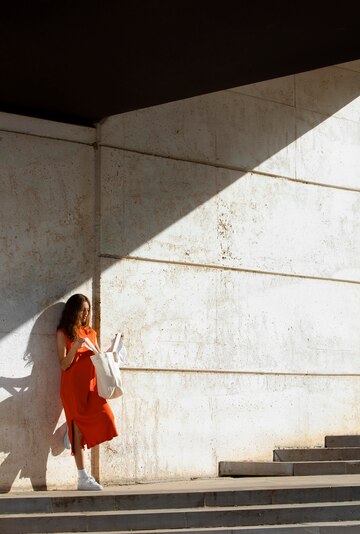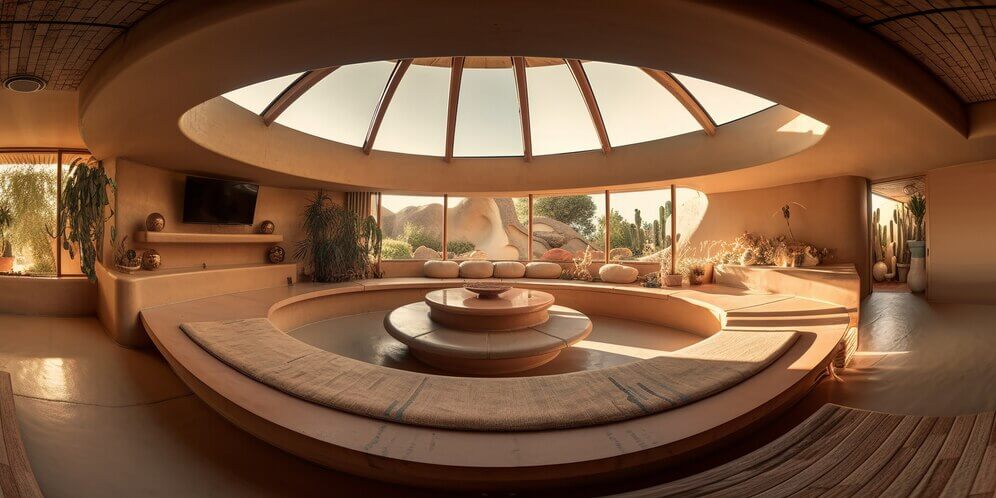Momentary effect of Architecture on Human Behavior
An individual spends 80 percent of their lives indoors. Architectural effects on a person’s mood and architecture also psychologically impact their personality Thus, space, light, color, and aesthetics can play an important part in the behavioral psychology of the person.
How Architectural Spaces Influence Moods

In our everyday lives, an individual is continuously, moving from one architectural space to another which also affects a person’s mood. A dark unlighted area can make you gloomy whereas a well-lit and well-ventilated area can make an individual feel at ease and makes them feel welcomed. A well-lighted place makes a person’s mood bright. This effect of the buildings on the psychological behavior of human beings has led architects to give a large amount of importance to their needs and desires Designing an ideal space is subjective. An architect is required to create a balance between form and function.
The Role of Mental Characteristics in Design
The mental characteristics of an individual must decide their attitudes, and it is this psychology that an architect must address by keeping the interests and preferences while forming an architectural structure. As every single environmental element has its unique nature, which might impact human behavior. Common design elements like lines, planes, surfaces, mass, material, and structure contribute to visual and physical appearance and can impact human behavior. According to Zaha Hadid, architecture can evoke various emotions within us excitement, tranquility, and contemplation.
Understanding the Psychology of Architecture
- This phenomenon, often referred to as the psychology of architecture, involves understanding how our built environment shapes human emotions and reactions.
- It encompasses the relationship between individuals and their surroundings, exploring how factors like wall colors, lighting levels, and materials used in furniture can impact our mental state.
- As Eberhard aptly put it, buildings can evoke different emotions – they can be uplifting, soothing, or even surprising, directly affecting our emotional well-being.
- The psychology of space involves examining human relations and behaviors within both built and natural environments.
- It directly influences our subconscious, affecting our emotions and perceptions through the part of our brain that responds to the geometry of our surroundings.
- Interior design plays a significant role in people’s psychology, although it’s not the sole factor at play. Architects bear the responsibility of crafting tangible solutions for users and integrating these concepts into the structure.
The Psychological Impact of Space and Light
Designing an ideal space is subjective. An architect is required to create a balance between form and function. The mental characteristics of an individual must decide their attitudes, and it is this psychology that an architect must address by keeping the interests and preferences while forming an architectural structure.
Every single environmental element has its unique nature, which might impact human behavior. The common elements of design like lines, planes, surface, mass, material, and structure contribute to visual and physical appearance and can impact human behavior
The Role of Architecture in Psychological Well-being
According to Zaha Hadid, architecture can evoke various emotions within us excitement, tranquility, and contemplation. When we enter a space, it can engage in a silent dialogue with us, influencing our mood either positively or negatively.
This phenomenon, often referred to as the psychology of architecture, involves understanding how our built environment shapes human emotions and reactions.
Architectural Design and Emotional Responses
It encompasses the relationship between individuals and their surroundings, exploring how factors like wall colors, lighting levels, and materials used in furniture can impact our mental state.
As Eberhard aptly put it, buildings can evoke different emotions. They can be uplifting, soothing, or even surprising, directly affecting our emotional well-being.
The Role of Architecture in Shaping Human Psychology
The psychology of space involves examining human relations and behaviors within both built and natural environments. It directly influences our subconscious, affecting our emotions and perceptions through the part of our brain that responds to the geometry of our surroundings.
Interior design plays a significant role in people’s psychology, although it’s not the sole factor at play. Architects bear the responsibility of crafting tangible solutions for users and integrating these concepts into the structure.
Conclusion: Momentary Effect of Architecture on Human Behavior
It plays an important role in examining human relations and behavior. -A lighted place makes a person’s mood bright. This effect of the buildings on the psychological behavior of human beings has led architects to give a large amount of importance to their needs and desires Designing an ideal space is subjective. An architect is required to create a balance between form and function.
The momentary effect of architecture on human behavior deals with the effect architectural design has on human behavior.
Space and light gravely affect human behavior.
Environmental effects of design like lines, planes, surface, mass, material, and structure contribute to visual and physical appearance and can impact human behavior.
The Role of Mental Characteristics in Design
The mental characteristics of an individual must decide their attitudes, and it is this psychology that an architect must address by keeping the interests and preferences while forming an architectural structure. Every single environmental element has its unique nature, which might impact human behavior. Common design elements like lines, planes, surfaces, mass, material, and structure contribute to visual and physical appearance and can impact human behavior. According to Zaha Hadid, architecture can evoke various emotions within us excitement, tranquility, and contemplation.
Understanding the Psychology of Architecture
- This phenomenon, often referred to as the psychology of architecture, involves understanding how our built environment shapes human emotions and reactions.
- It encompasses the relationship between individuals and their surroundings, exploring how factors like wall colors, lighting levels, and materials used in furniture can impact our mental state.
- As Eberhard aptly put it, buildings can evoke different emotions – they can be uplifting, soothing, or even surprising, directly affecting our emotional well-being.
- The psychology of space involves examining human relations and behaviors within both built and natural environments.
- It directly influences our subconscious, affecting our emotions and perceptions through the part of our brain that responds to the geometry of our surroundings.
- Interior design plays a significant role in people’s psychology, although it’s not the sole factor at play. Architects bear the responsibility of crafting tangible solutions for users and integrating these concepts into the structure.
The Psychological Impact of Space and Light
Designing an ideal space is subjective. An architect is required to create a balance between form and function. The mental characteristics of an individual must decide their attitudes, and it is this psychology that an architect must address by keeping the interests and preferences while forming an architectural structure.
As every single environmental element has its unique nature, which might impact human behavior. The common elements of design like lines, planes, surface, mass, material, and structure contribute to visual and physical appearance and can impact human behavior
The Role of Architecture in Psychological Well-being
According to Zaha Hadid, architecture can evoke various emotions within us excitement, tranquility, and contemplation. When we enter a space, it can engage in a silent dialogue with us, influencing our mood either positively or negatively.
This phenomenon, often referred to as the psychology of architecture, involves understanding how our built environment shapes human emotions and reactions.
Architectural Design and Emotional Responses
It encompasses the relationship between individuals and their surroundings, exploring how factors like wall colors, lighting levels, and materials used in furniture can impact our mental state.
As Eberhard aptly put it, buildings can evoke different emotions – they can be uplifting, soothing, or even surprising, directly affecting our emotional well-being.
The Role of Architecture in Shaping Human Psychology
The psychology of space involves examining human relations and behaviors within both built and natural environments. It directly influences our subconscious, affecting our emotions and perceptions through the part of our brain that responds to the geometry of our surroundings.
Interior design plays a significant role in people’s psychology, although it’s not the sole factor at play. Architects bear the responsibility of crafting tangible solutions for users and integrating these concepts into the structure.
Conclusion: Momentary Effect of Architecture on Human Behavior
- The momentary effect of architecture on human behavior deals with the effect of architectural design that effects human behavior.
- Space and light gravely effects on the human behavior.
- Environmental effects of design like lines, planes, surfaces, mass, material, and structure contribute to visual and physical appearance and can impact human behavior.
- It plays an important role in examining human relations and behavior.







